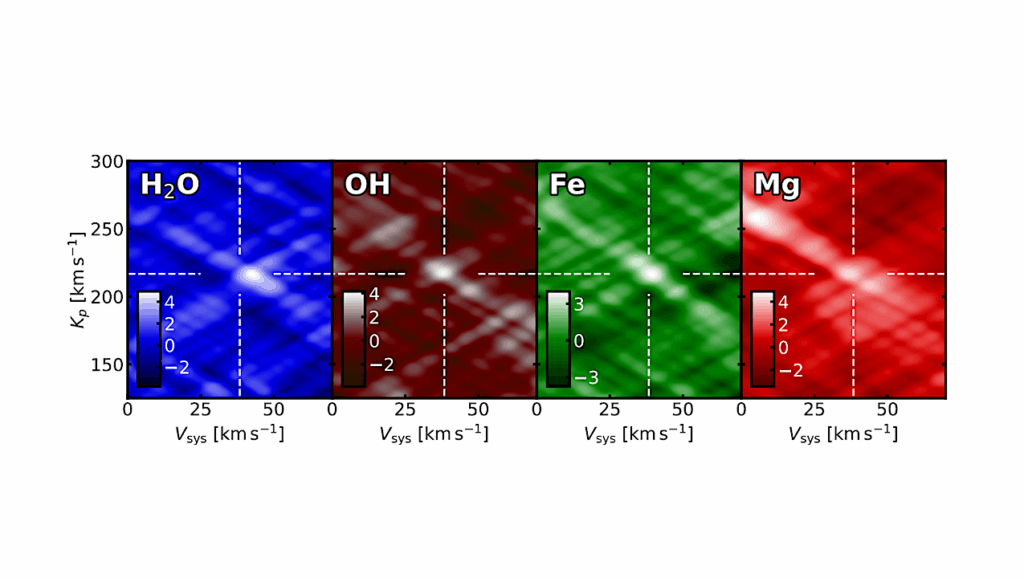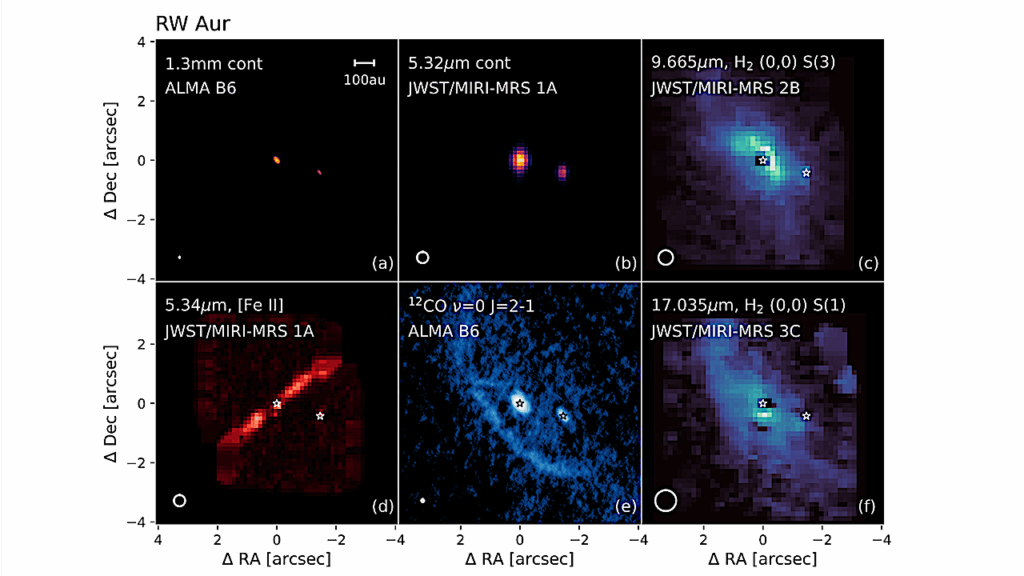CARMENES As An Instrument For Exoplanet Research

CARMENES took six years from a concept to the start of operations, and a couple more years of initial data collection until the first science publication, but now is revolutionising our knowledge on exoplanets and their stars in our immediate vicinity.
Here we describe what CARMENES is: (i) an ultra-stabilised two-channel spectrograph at an almost dedicated 3.5 m telescope in southern Spain that covers in high spectral resolution and without big gaps from 0.52 mum to 1.71 mum; (ii) a science project aimed at comprehensively searching for and studying planetary systems with nearby, bright, M-dwarf hosts, but that also investigates transiting planets around other stars; and (iii) the German-Spanish consortium that designed and built the instrument and that has operated it under guaranteed and legacy time observations.
José A. Caballero, Walter Seifert, Andreas Quirrenbach, Pedro J. Amado, Ignasi Ribas, Ansgar Reiners
Comments: To be published in: Handbook of Exoplanets, 2nd edition, Hans Deeg and Juan Antonio Belmonte (eds. in chief), Springer International Publishing AG, part of Springer Nature. The corresponding images in full size can be downloaded at this link: this https URL (massive file)
Subjects: Earth and Planetary Astrophysics (astro-ph.EP); Instrumentation and Methods for Astrophysics (astro-ph.IM)
Cite as: arXiv:2503.05501 [astro-ph.EP] (or arXiv:2503.05501v1 [astro-ph.EP] for this version)
https://doi.org/10.48550/arXiv.2503.05501
Focus to learn more
Submission history
From: José A. Caballero
[v1] Fri, 7 Mar 2025 15:13:59 UTC (1,938 KB)
https://arxiv.org/abs/2503.05501
Astrobiology,








